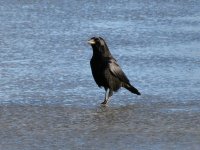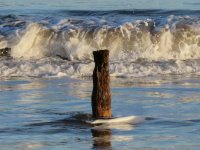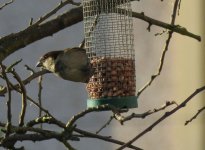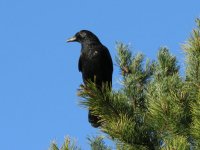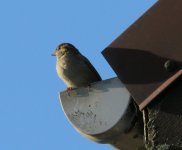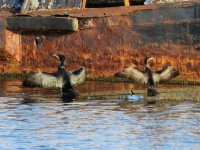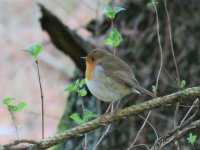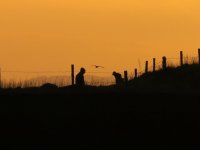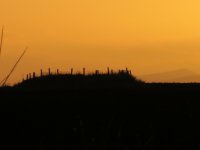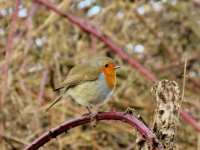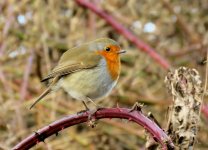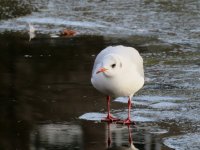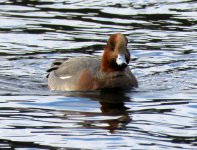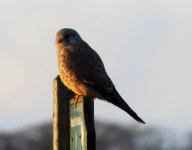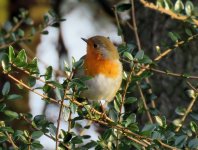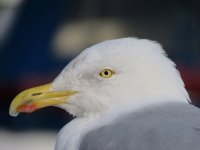I actually found the white-tailed kites this past weekend, but not in their usual spot and they were backlit and in severe shadows, so my photography knowledge being what it is, I didn't get good shots from the SX60.
I did however take 40+ shots with fixed aperture and various ISO and shutter speeds (without exposure compensation) on a known real-world target, at full zoom, in the same lighting, on the tripod, which made for some interesting information once I got it all into Excel to look at.
Basically:
- If I choose the shutter speed and ISO, and let the camera choose the aperture, it's pretty good at choosing the aperture. I found that the histogram can be fairly balanced without resorting to exposure compensation. For a basic balanced scene I think I can make a pretty accurate guess of the proper ISO based on shutter speed now.
- If I choose the shutter speed and leave it to the camera to choose aperture and ISO, the camera is insane. It wants to wipe-out highlights. Probably okay on an overall landscape, horrible for any bird with alot of white.
- Boy the SX60's logic hates hot highlights. Even with center-weighted metering, it will see a white bird like an egret, or a round white storage tank, that is already getting alot of sun, and choose a higher ISO. It was taking shots that would have worked at 100 ISO and used 160, 250, and more ISO. WTH?
- I can only guess than instead of ETTR, which I am trying to do to maximize dynamic range (so worrying about "pretty" in post), the camera is going for more consumer-oriented "pretty right from the camera."
- White birds and bright scenes still benefit from -1/3 or -2/3 EV by default, the histogram needs the nudge to the left. I'd use -1/3 if you know your ISO + Shutter Speed comfortably, -2/3 if you want to be safe or are letting the camera do more of the work guessing exposure.
Additionally, I finally gave RAW a chance. Unfortunately, even with a fairly fast memory card, it pretty much kills the burst rate, and I rely on burst too much to catch birds in action or BiF. So RAW is only useful on subjects that sit still for a while and to line-up the perfect photo. I hope to catch the kites in their eating/grooming spot some day to try this out.
That being said, the RAW data is pretty much as bad as the JPEG...it's no solution to the highlight clipping. It does make the photos a bit more "rescuable" in Photoshop. So no panacea (which I did realize, but was curious).
New to me though: using Photoshop Camera RAW on
JPEG images. I just remembered the technique this week and sat down and gave it a try, and it's definitely going to change my post-processing workflow. I was using Photoshop adjustment layers (mostly Levels and Brightness/Contrast), but Camera RAW is much better at it.
Hope this all helps the SX60 users watching.





